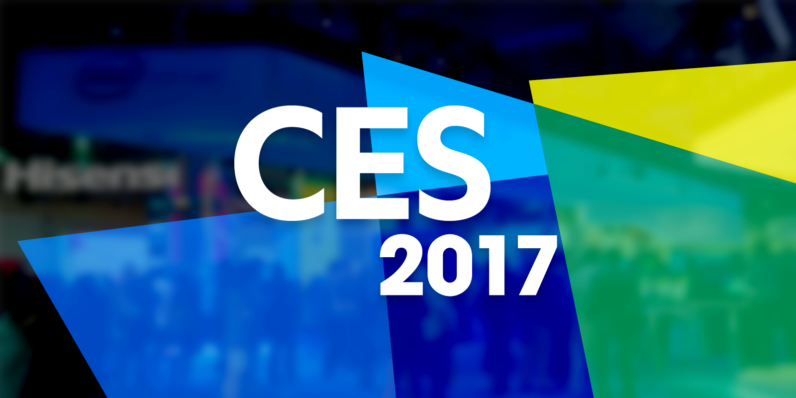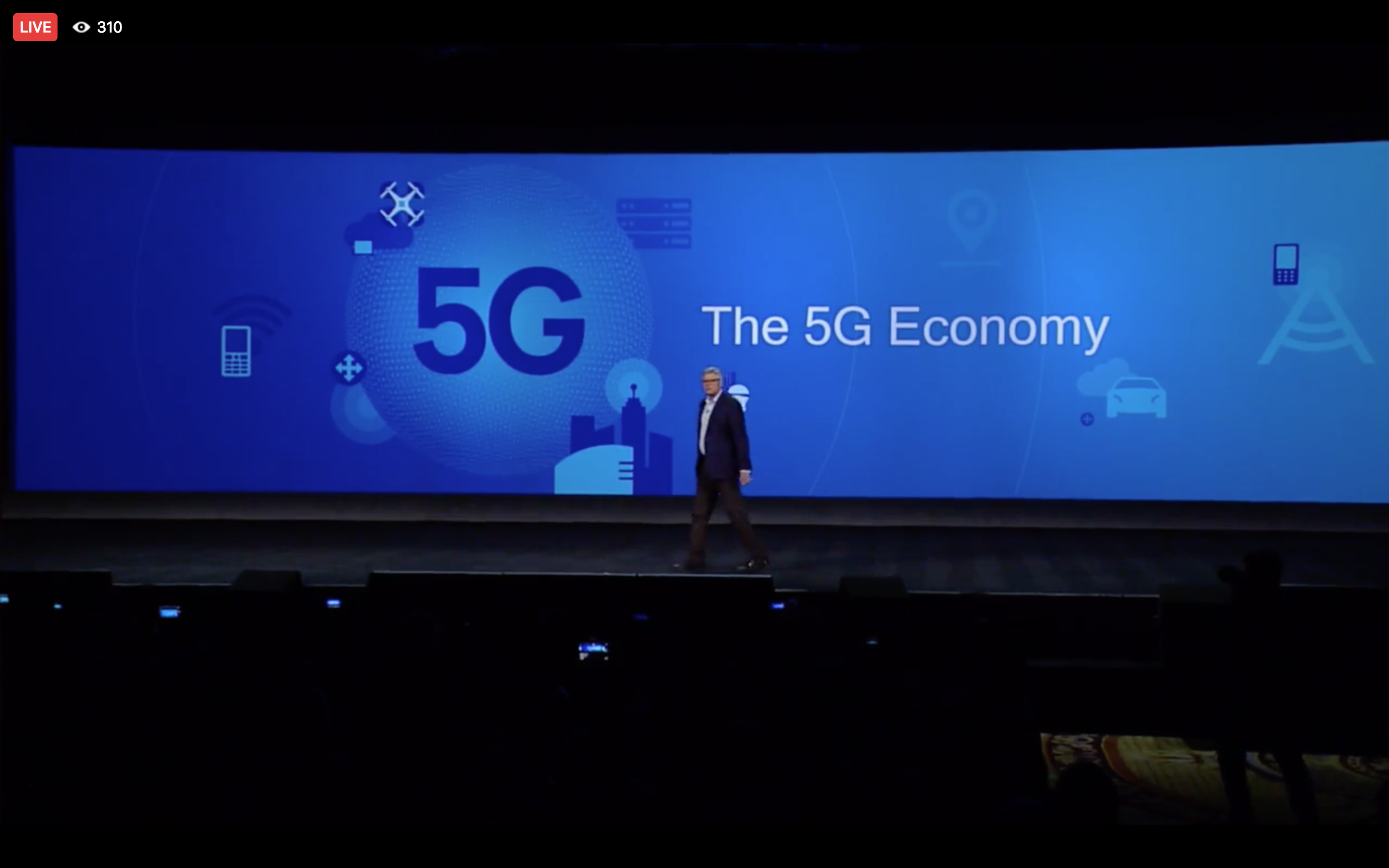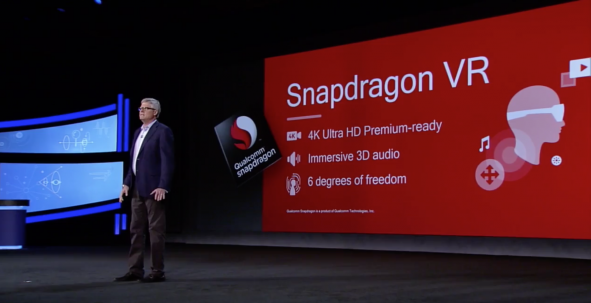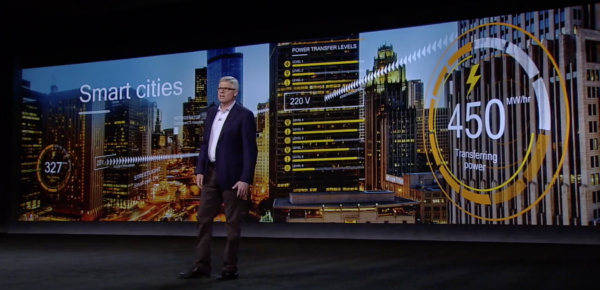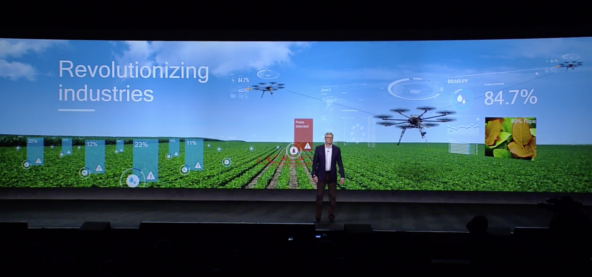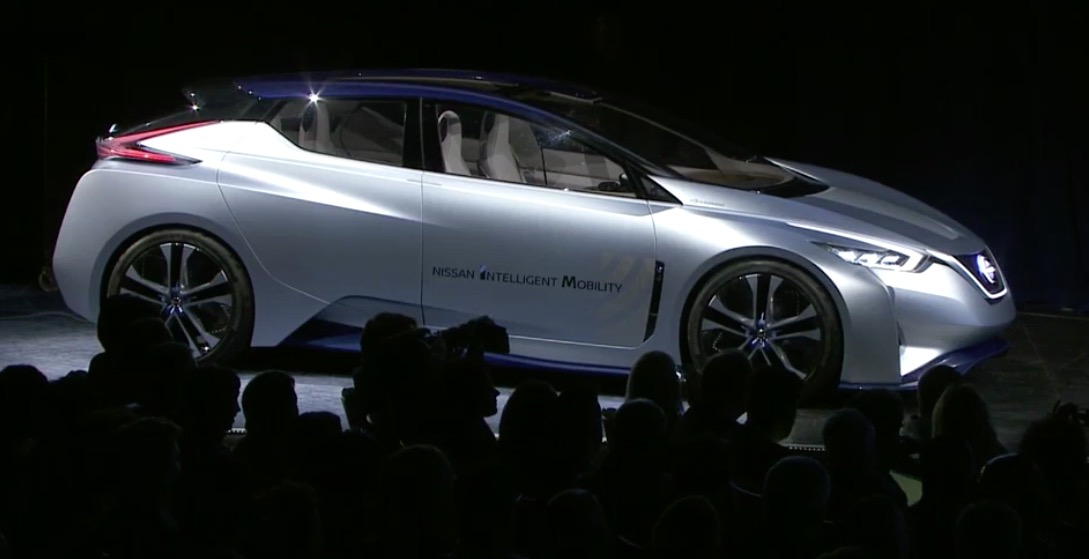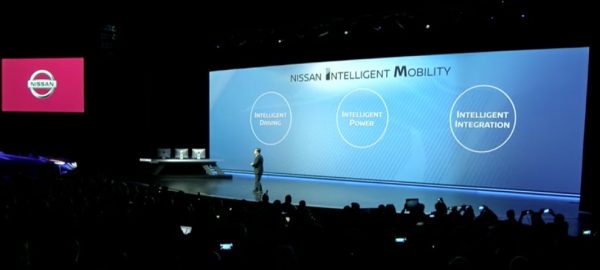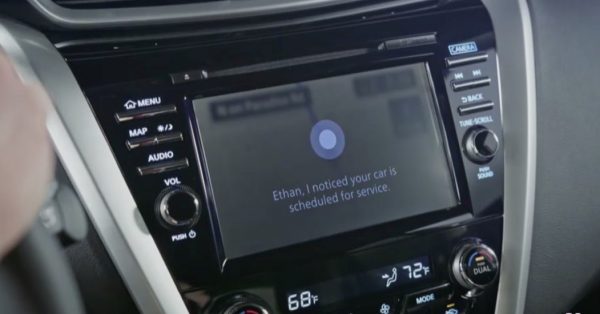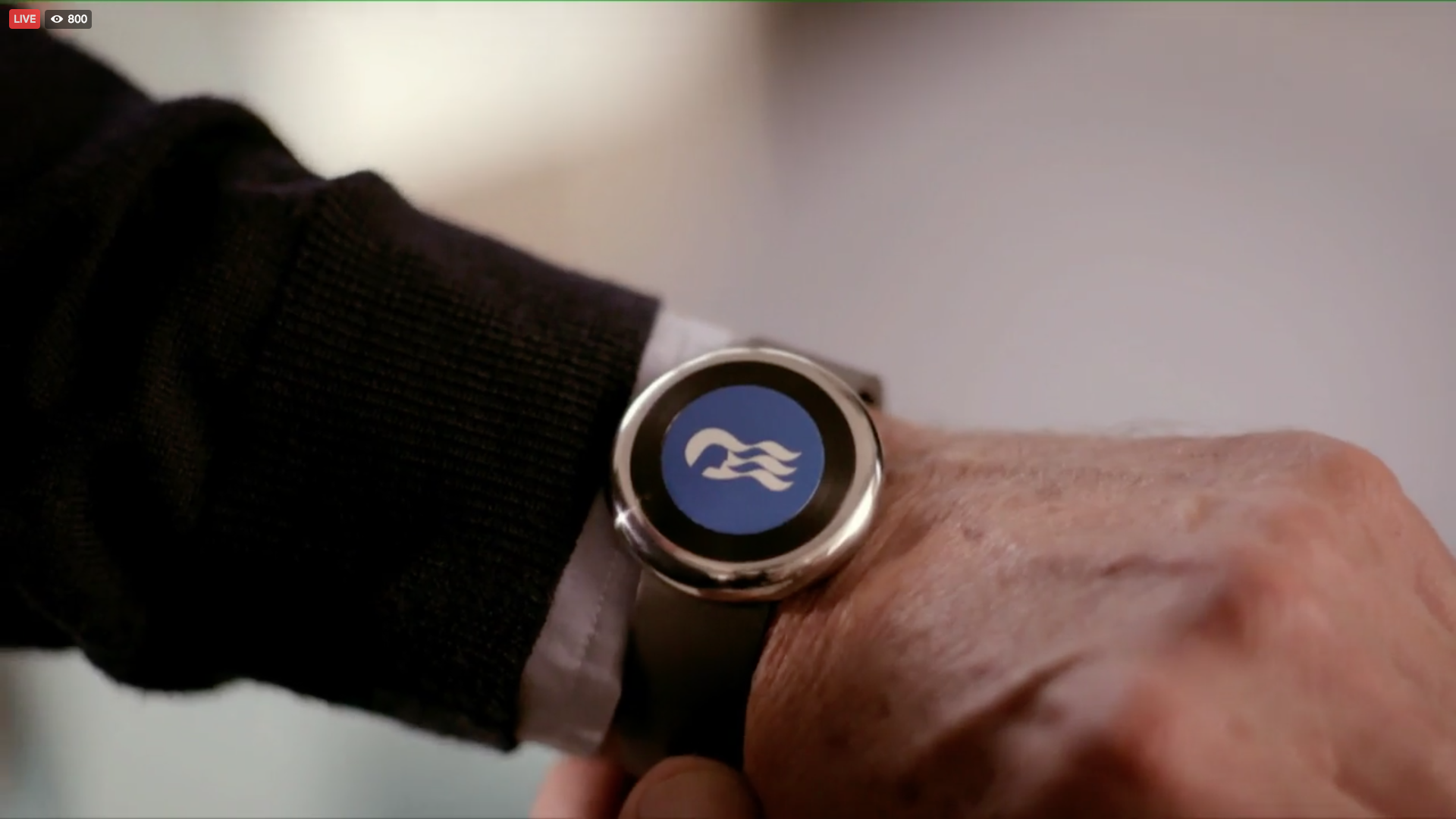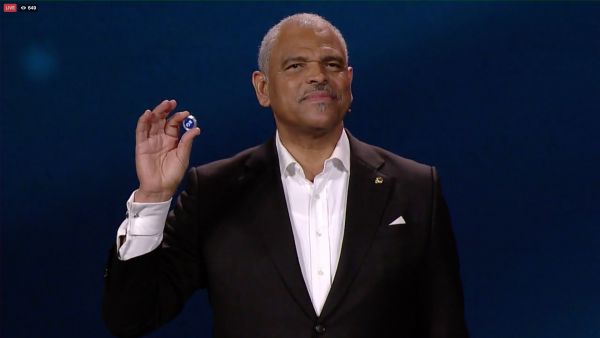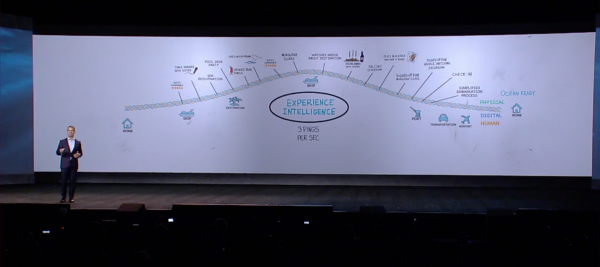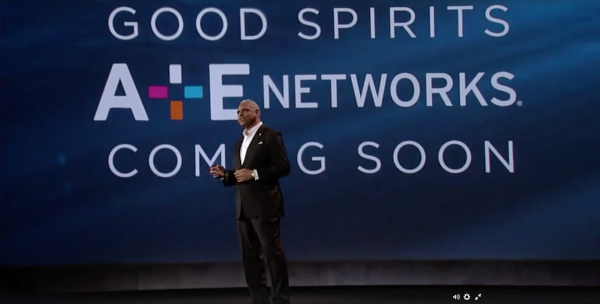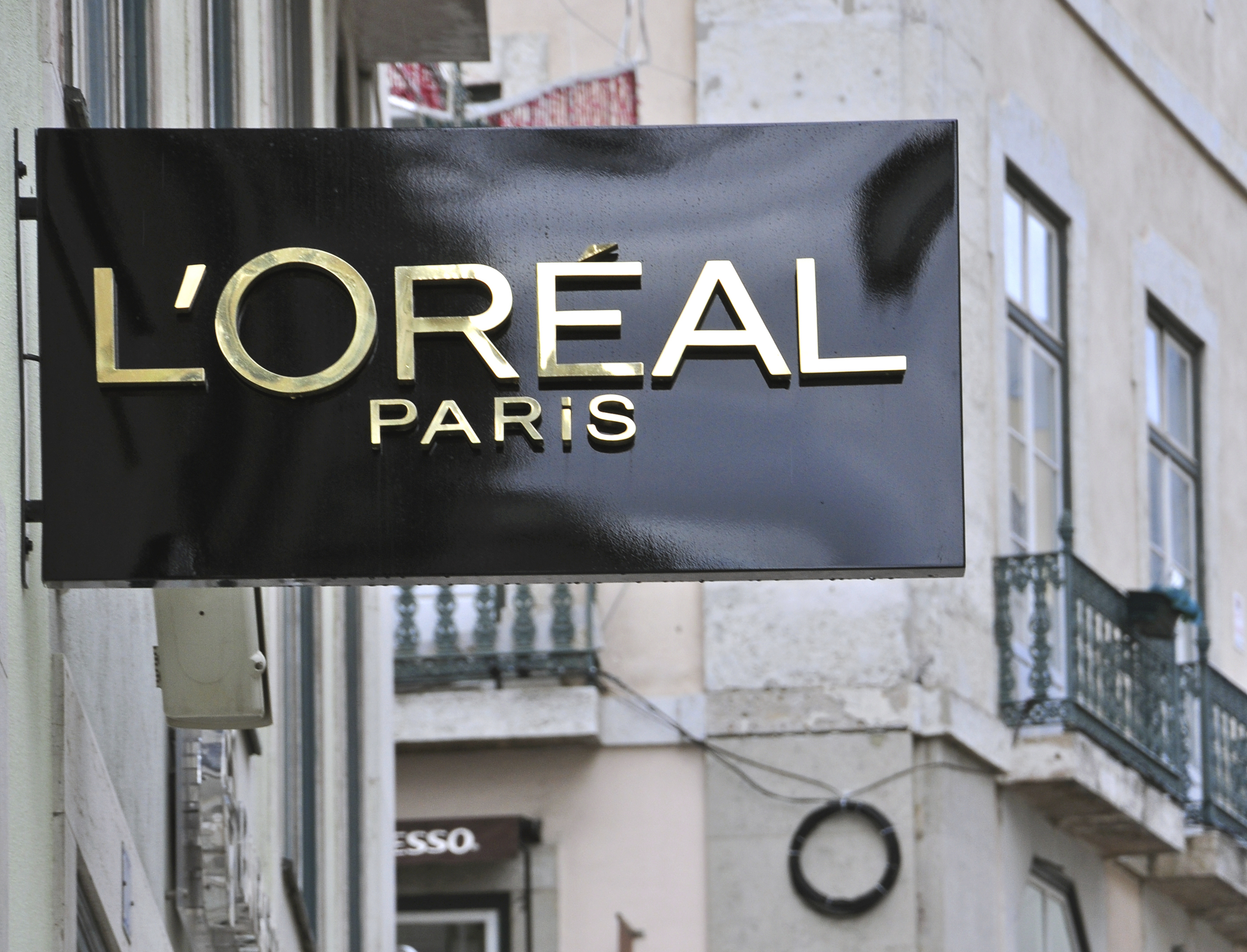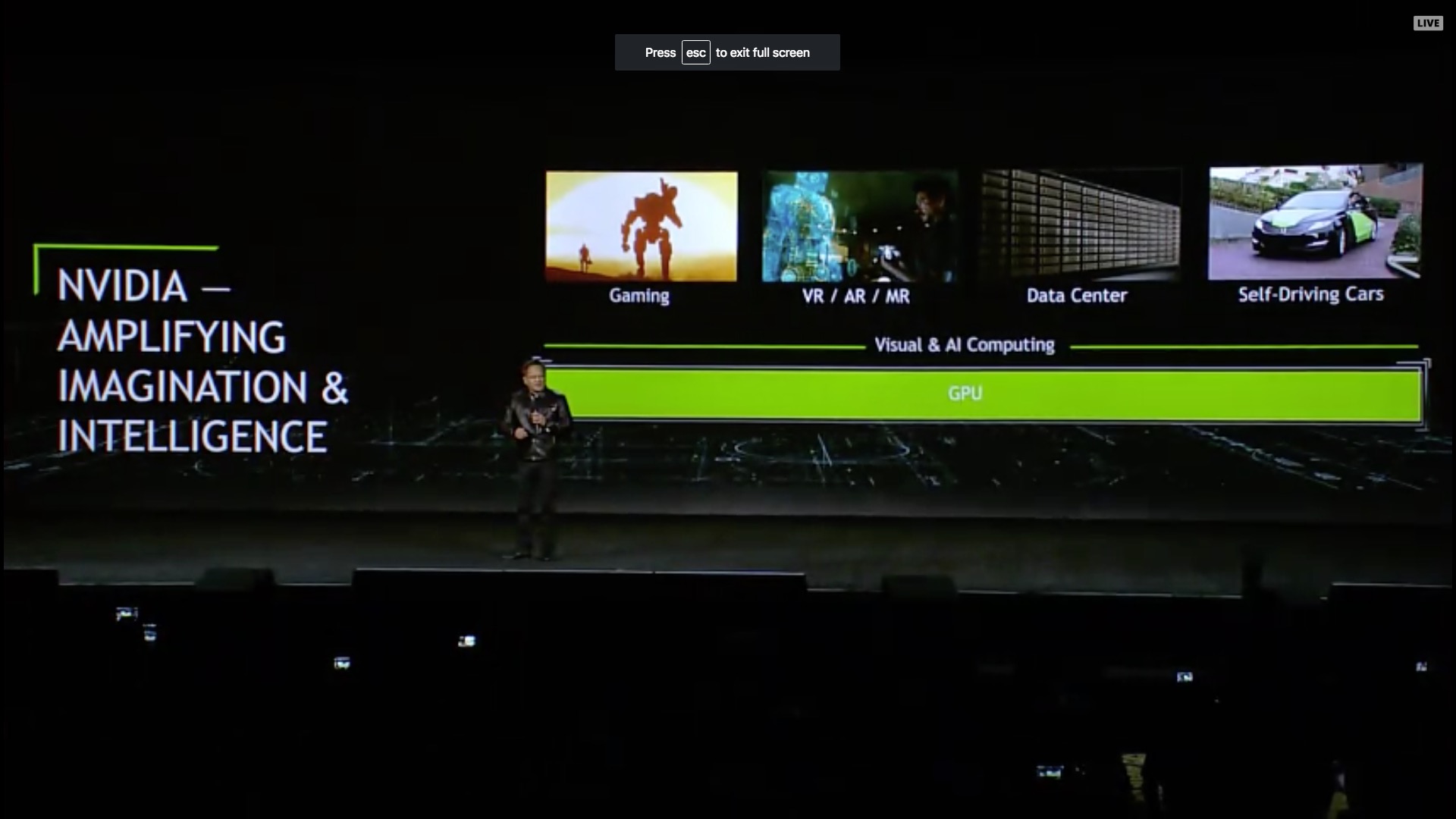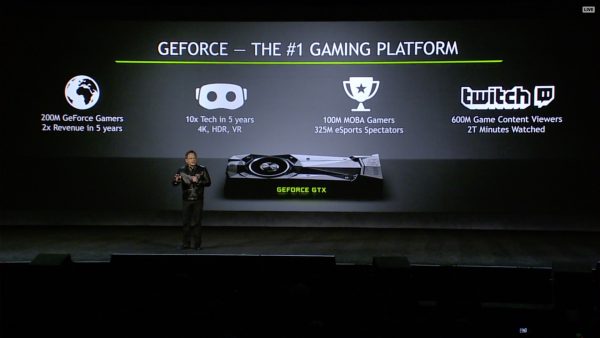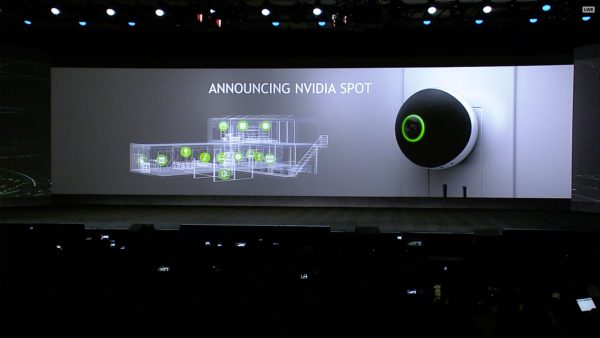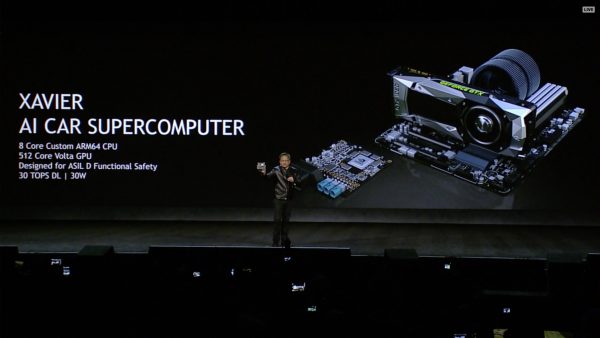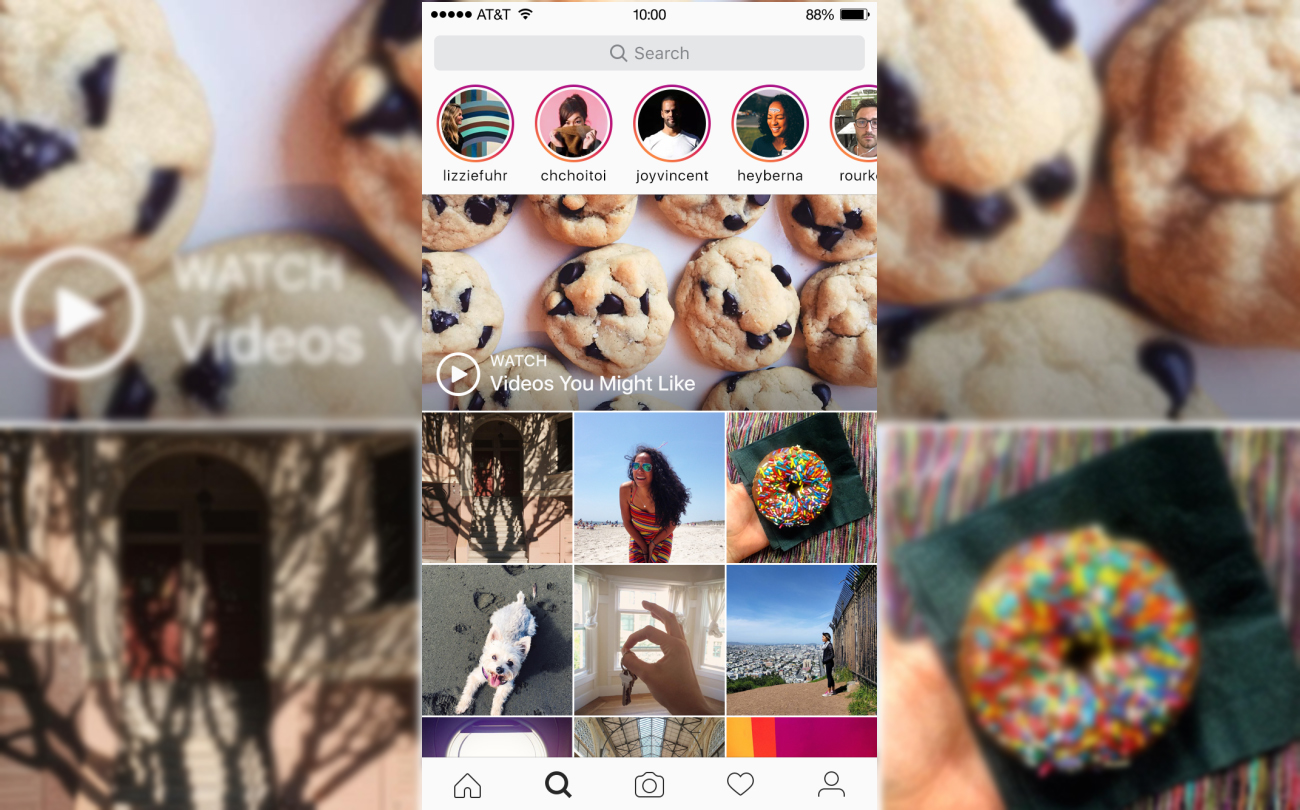What We Saw At CES
Healthcare is getting a strong boost from the recent developments in connected devices and machine learning, allowing medical device manufacturers to create smarter gadgets that work wonders seamlessly. Qualcomm announced it is building an “internet of medical things” upon its 5G network during its keynote session earlier today, and here’s a round-up of the kind of connected healthcare devices that are already on show at CES.
TytoCare created a smart diagnostic tool that goes beyond simply taking your temperature. Equipped with a high-resolution camera, microphones and sensors, this device can check inside your mouth and throat and listen to your heart and lungs for diagnosis. Like other connected devices, TytoHome can transfer the healthcare data it collects to your doctor via a mobile app.
Convincing kids to take their medicines on time could be a taxing job, which is why French startup Meyko created a smart assistant toy for kids with asthma. To encourage kids to stay on schedule with their medication. the penguin-shaped doll is programmed to have “mood swings” that can only be cured by the child taking their medicine. As a connected toy, the Meyko doll will send notifications to parents via its app to report their daily medicine intake and offer advice to reduce exposure to asthma triggers.
Established medical device maker Omron came to CES this year with a smartwatch that doubles as a blood pressure monitor. Named Project Zero Heartvue, the wearable has a blood pressure cuff embedded in the watch’s wristband, making it the first wearable blood pressure monitor.
Beyond connected gadgets, healthcare tech is also showing up in unexpected places at this year’s CES. Both Hyundai and Mercedes-Benz are coming up with healthcare-themed initiatives, respectively, for their new concept cars, leveraging machine learning to gauge and improve the moods and wellbeings of the drivers. Then there is SimforHealth, a VR training tool for doctors and other healthcare practitioners by putting them through simulated scenarios.
What This Means For Healthcare Brands
All these incredible innovations we saw at CES shows the great potential connected devices and machine learning holds in transforming the healthcare industry. To create better experiences for patients and customers, it is up to healthcare brands to explore the huge potential connected IoT has in normalizing the healthcare devices and integrating them seamlessly into our daily life. The connectivity among healthcare devices will also unleash an unprecedented amount of personal health data, which healthcare brands will need to treat cautiously with respect to privacy and find an ethical way to leverage it for researches and extracting behavioral insights.
